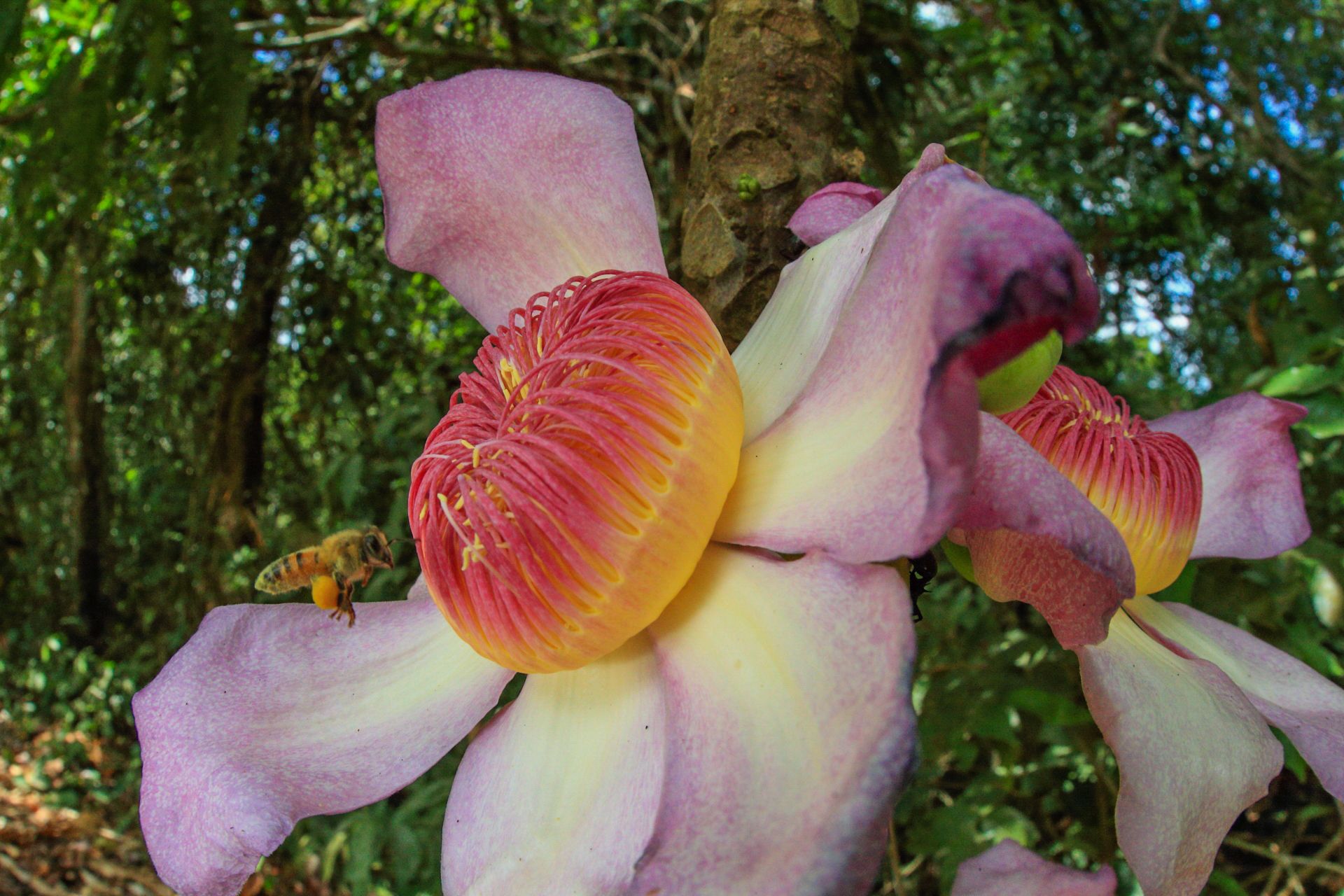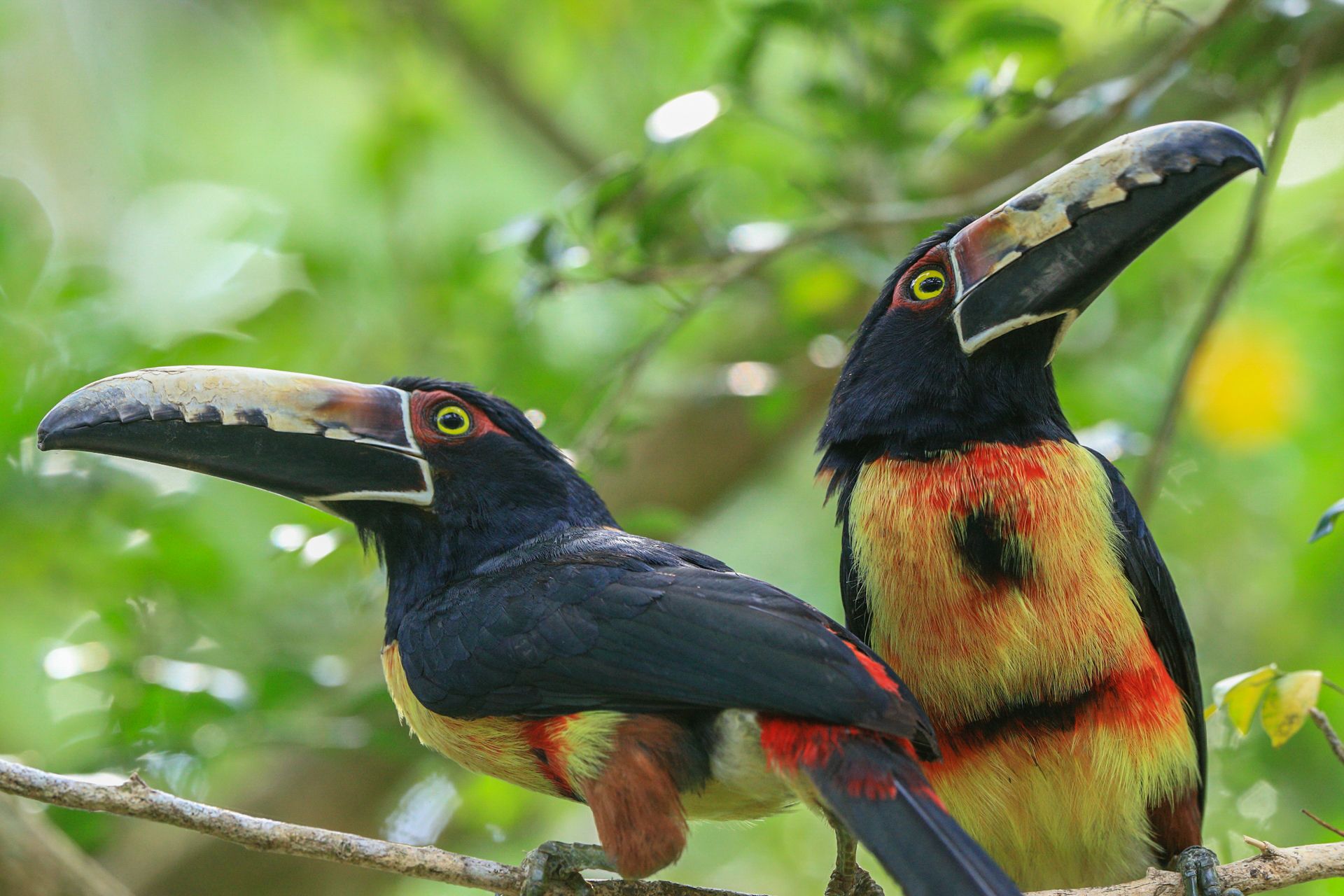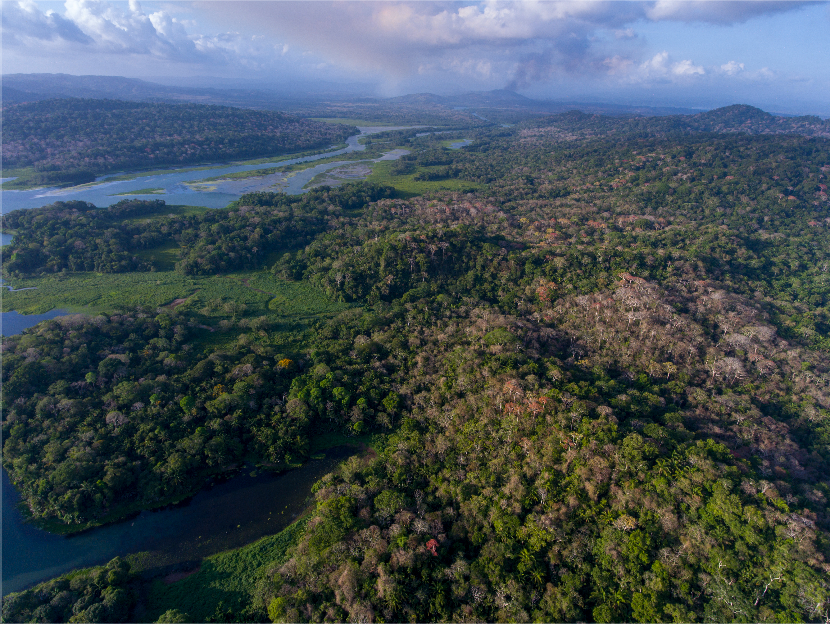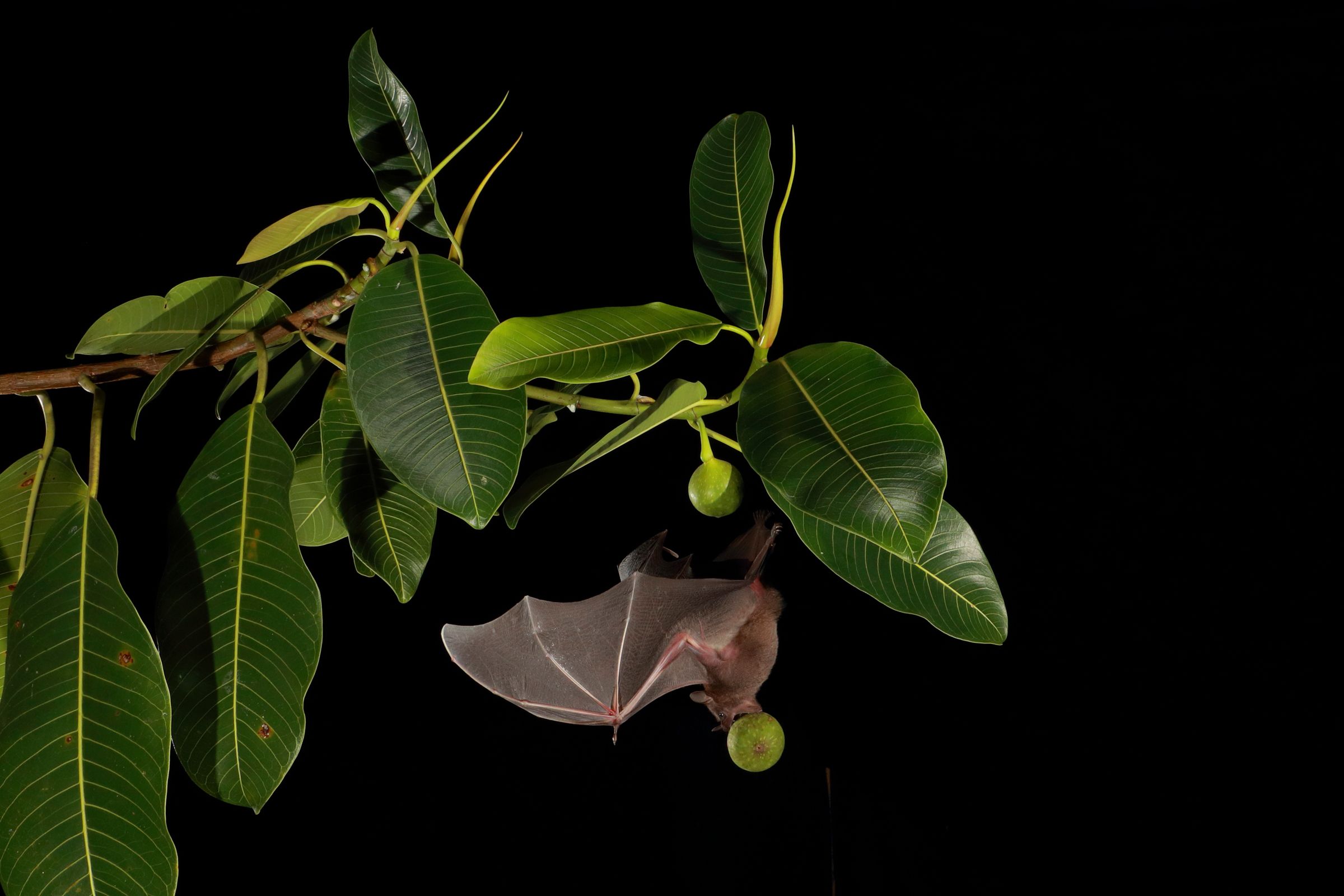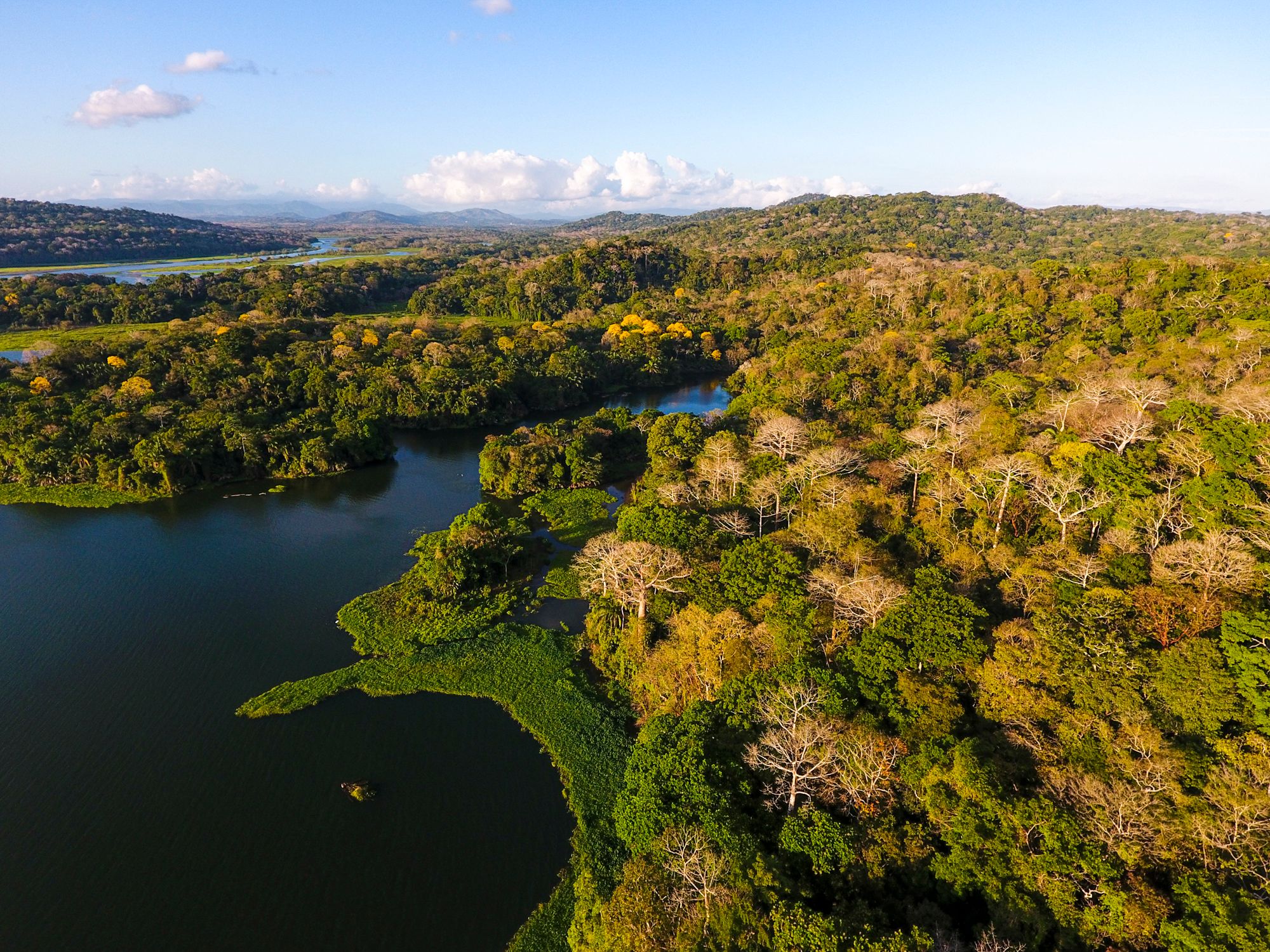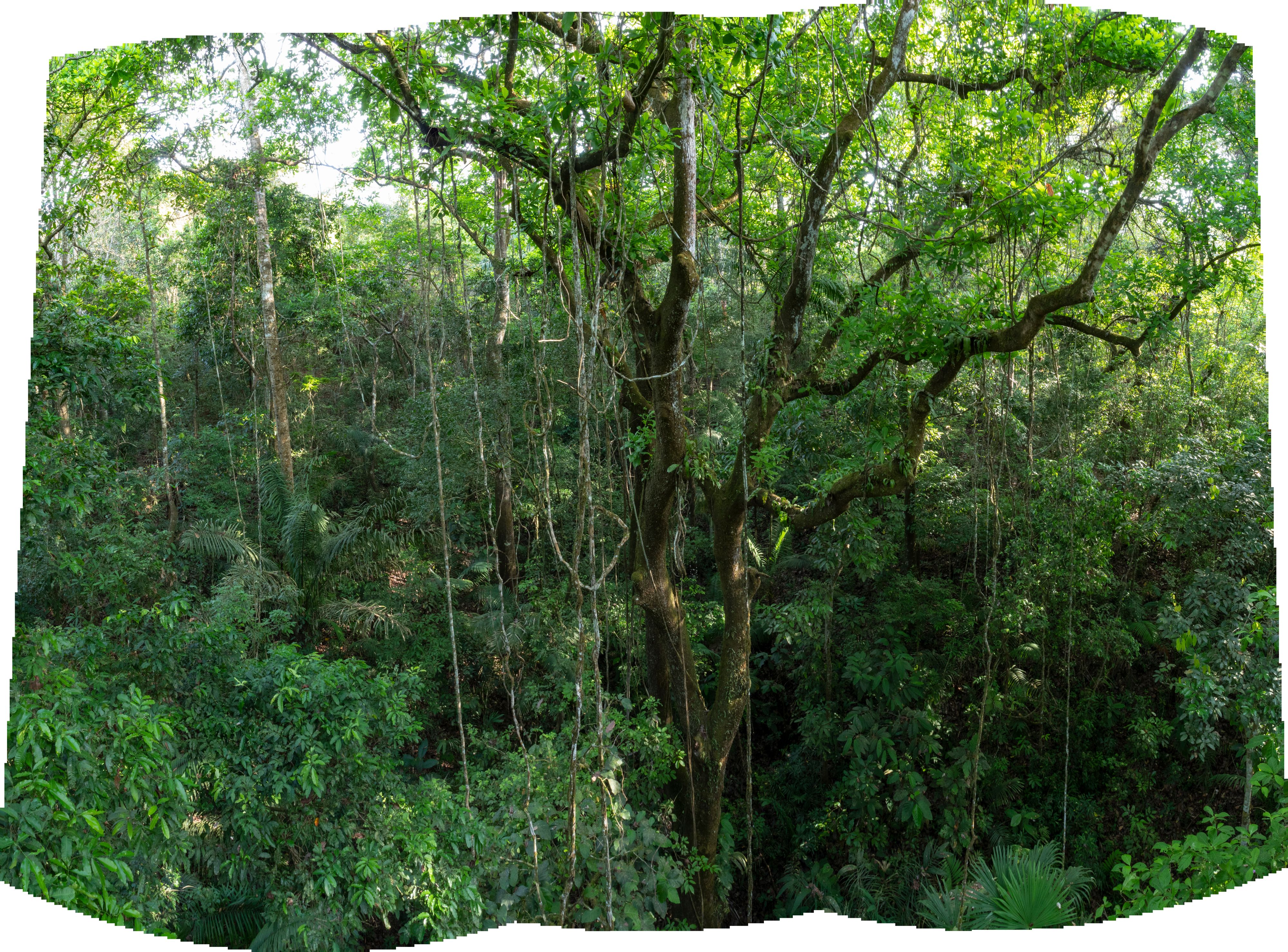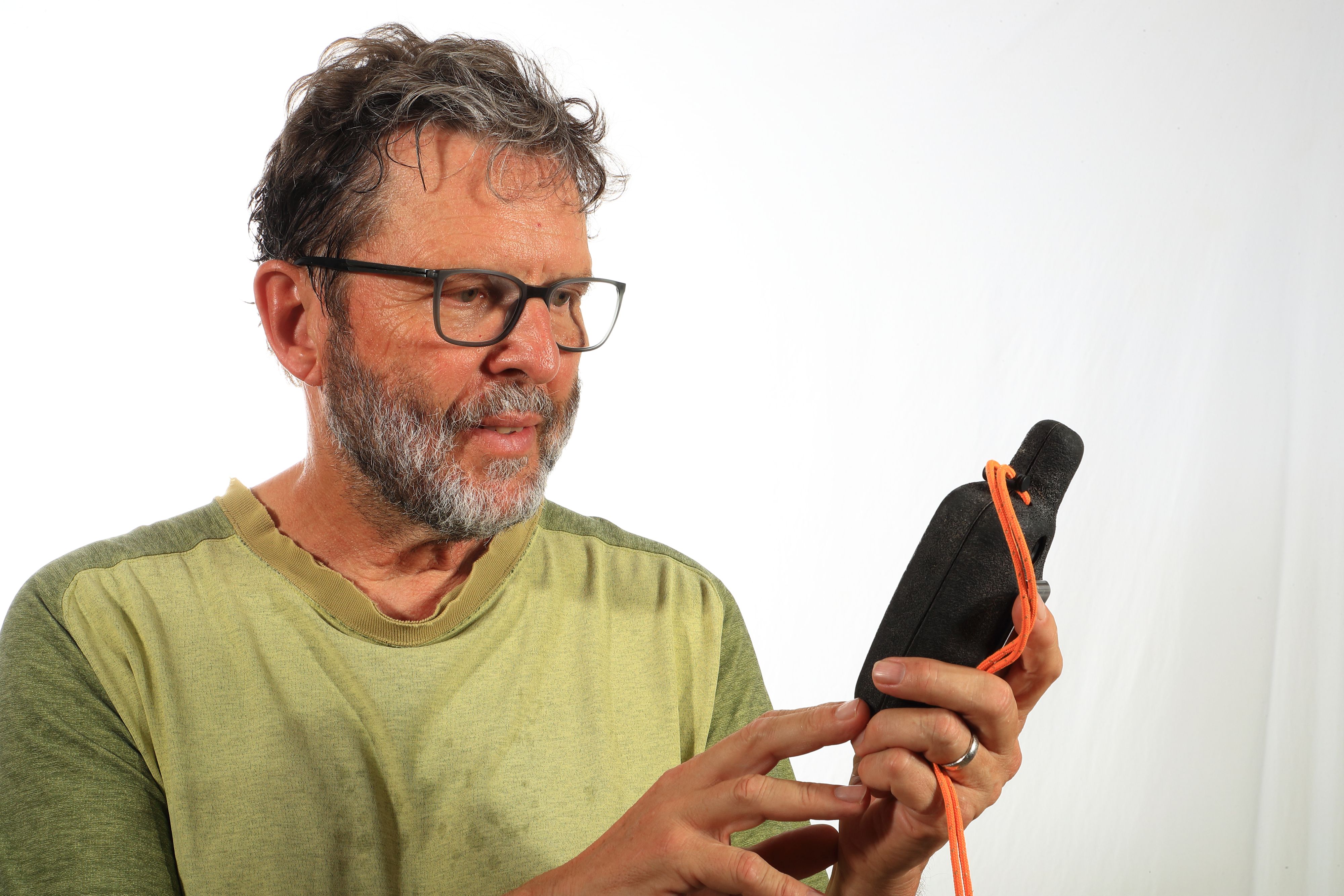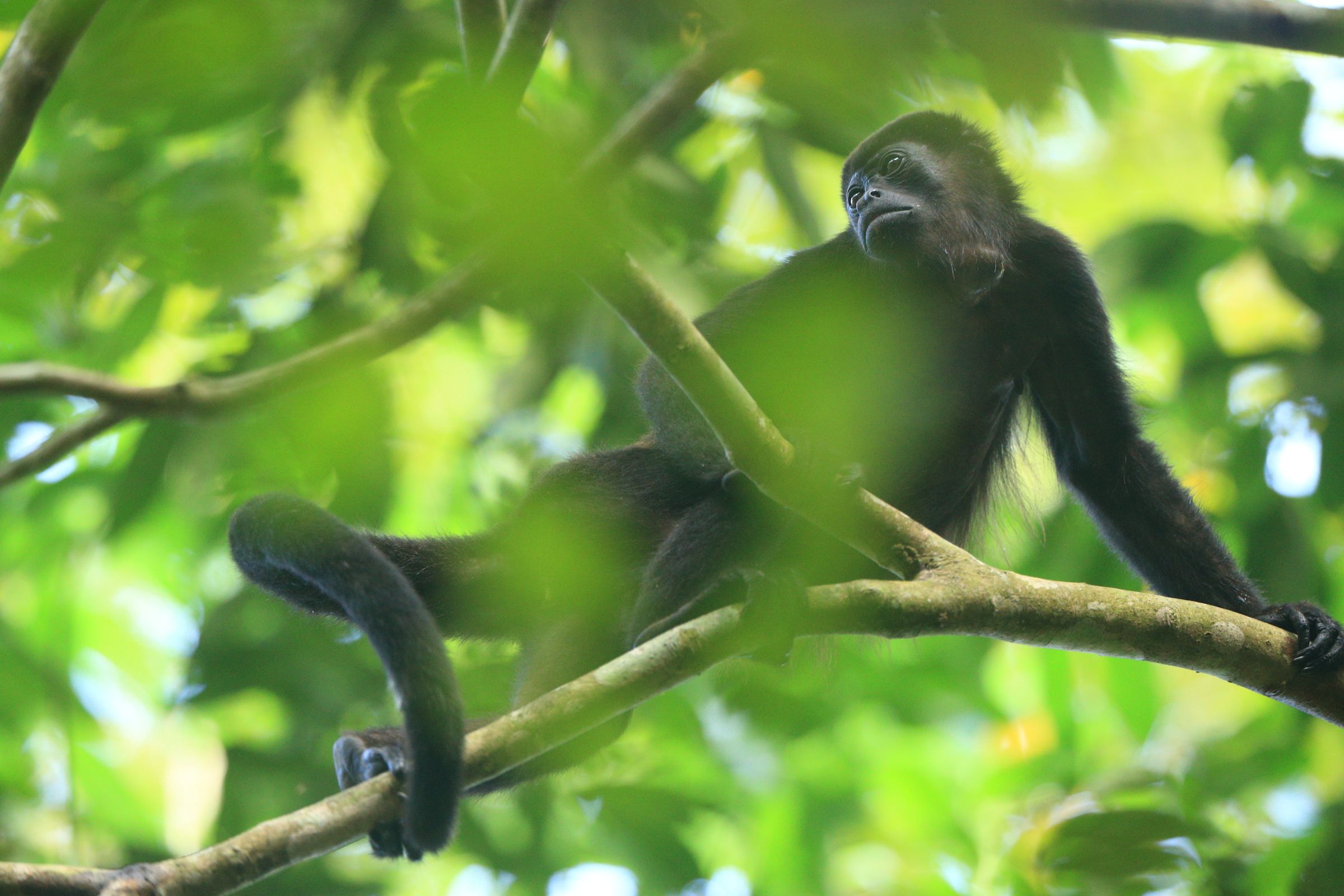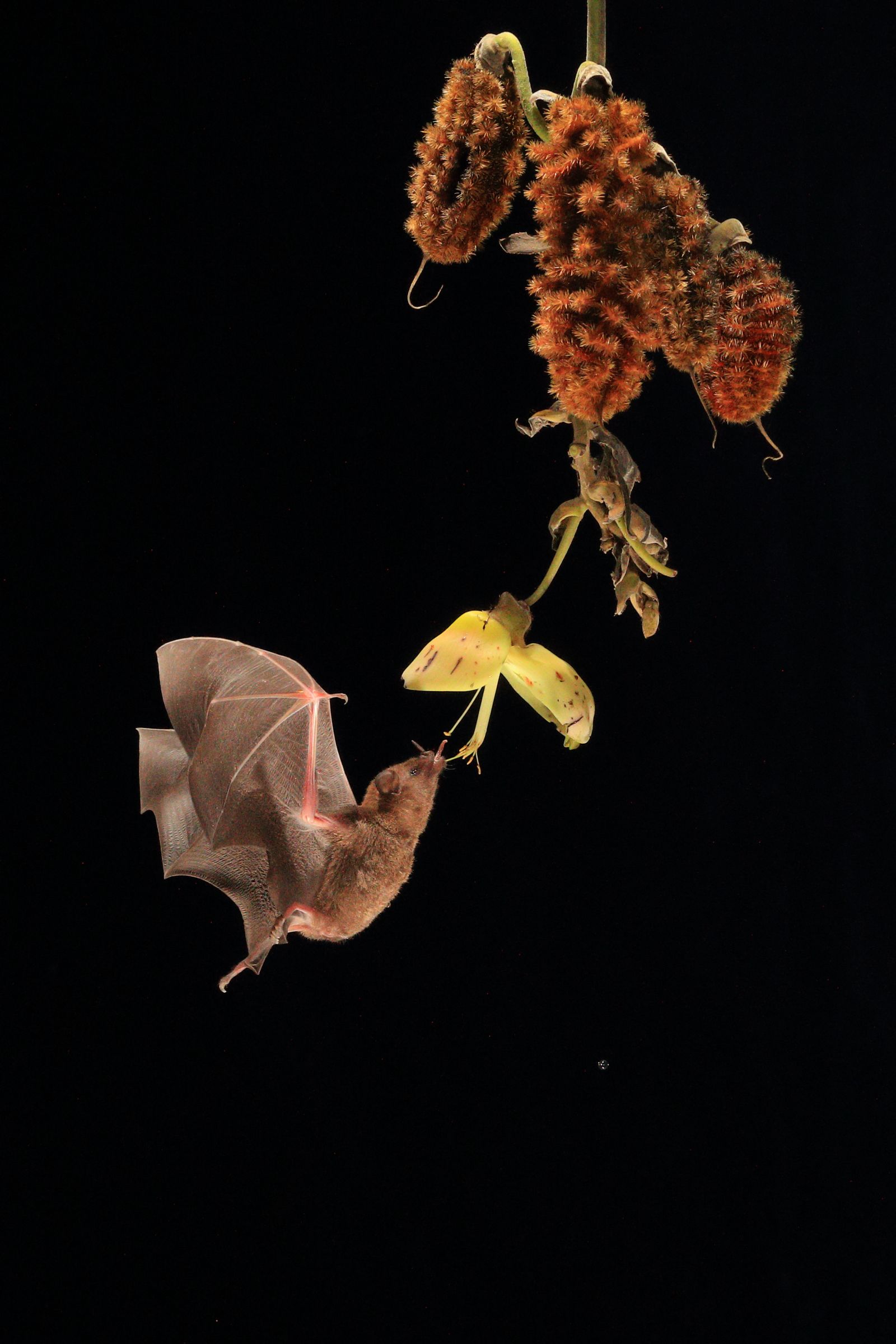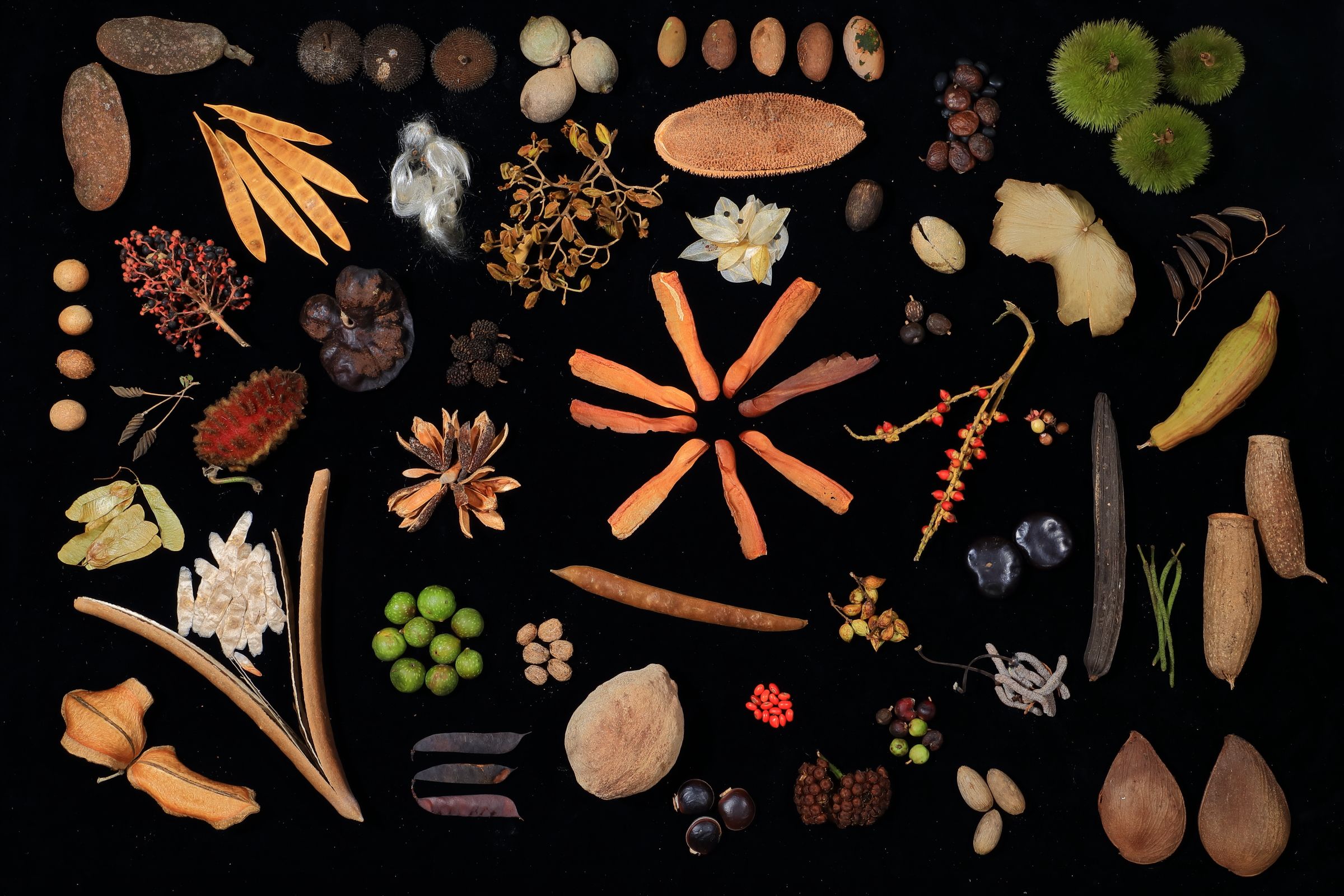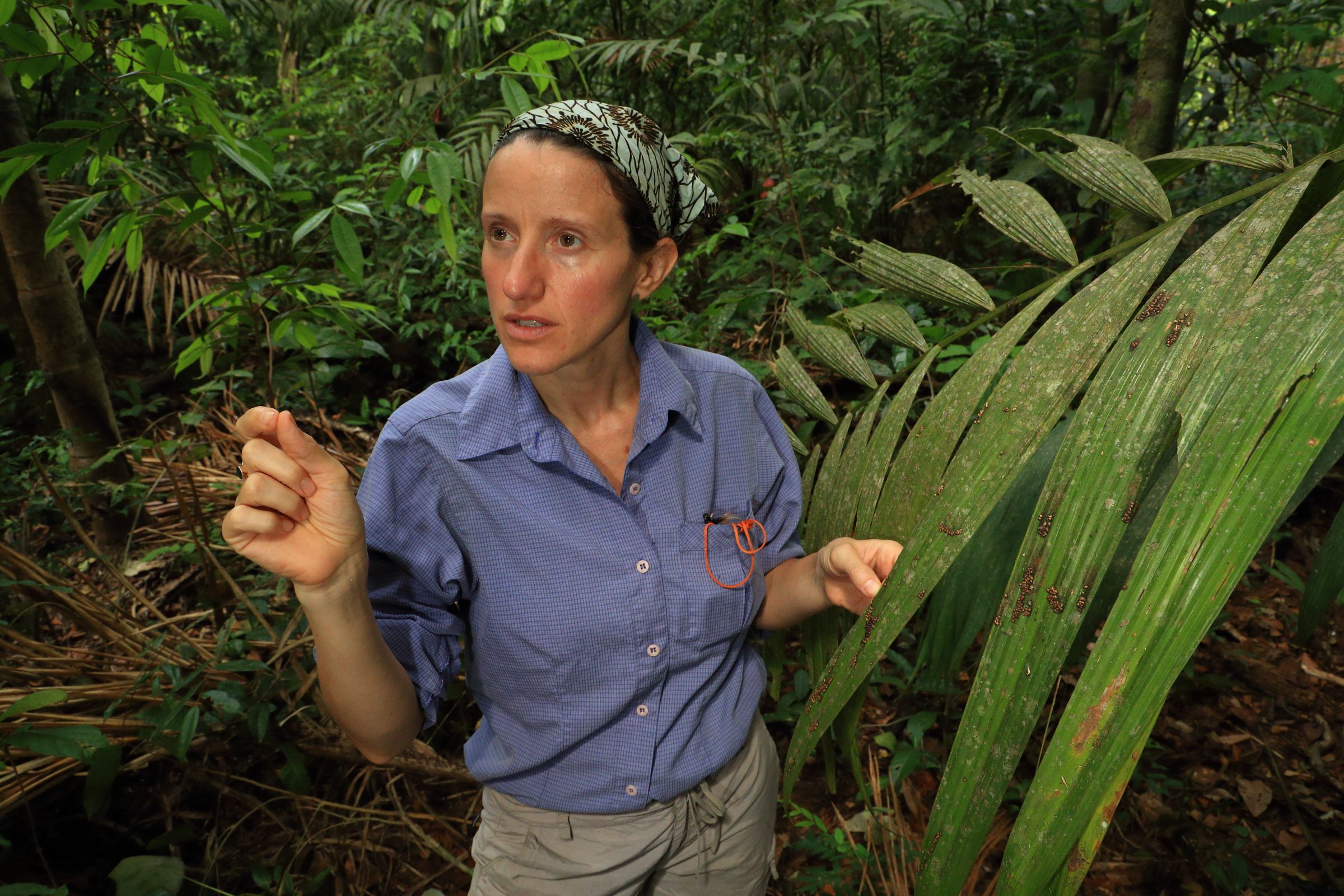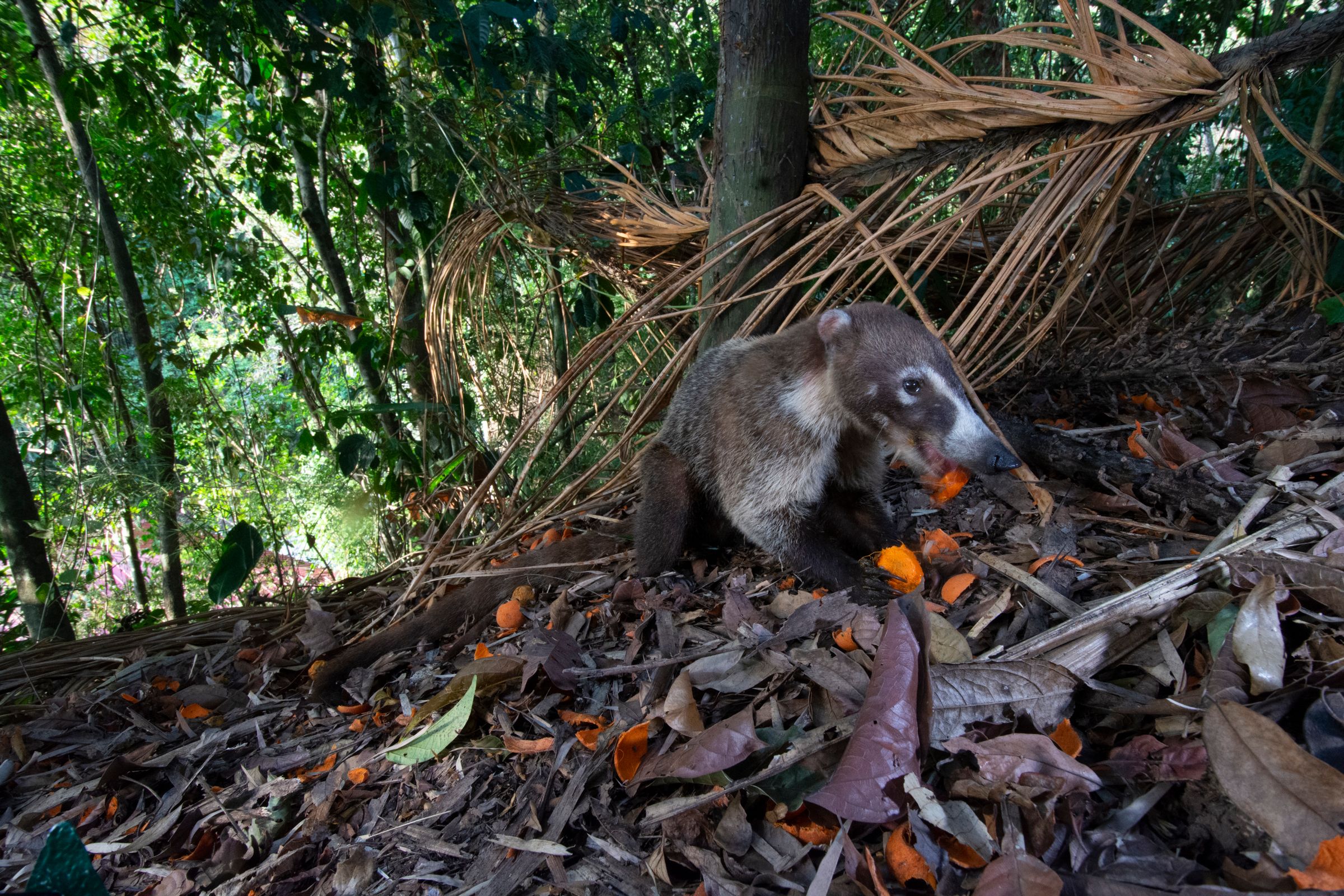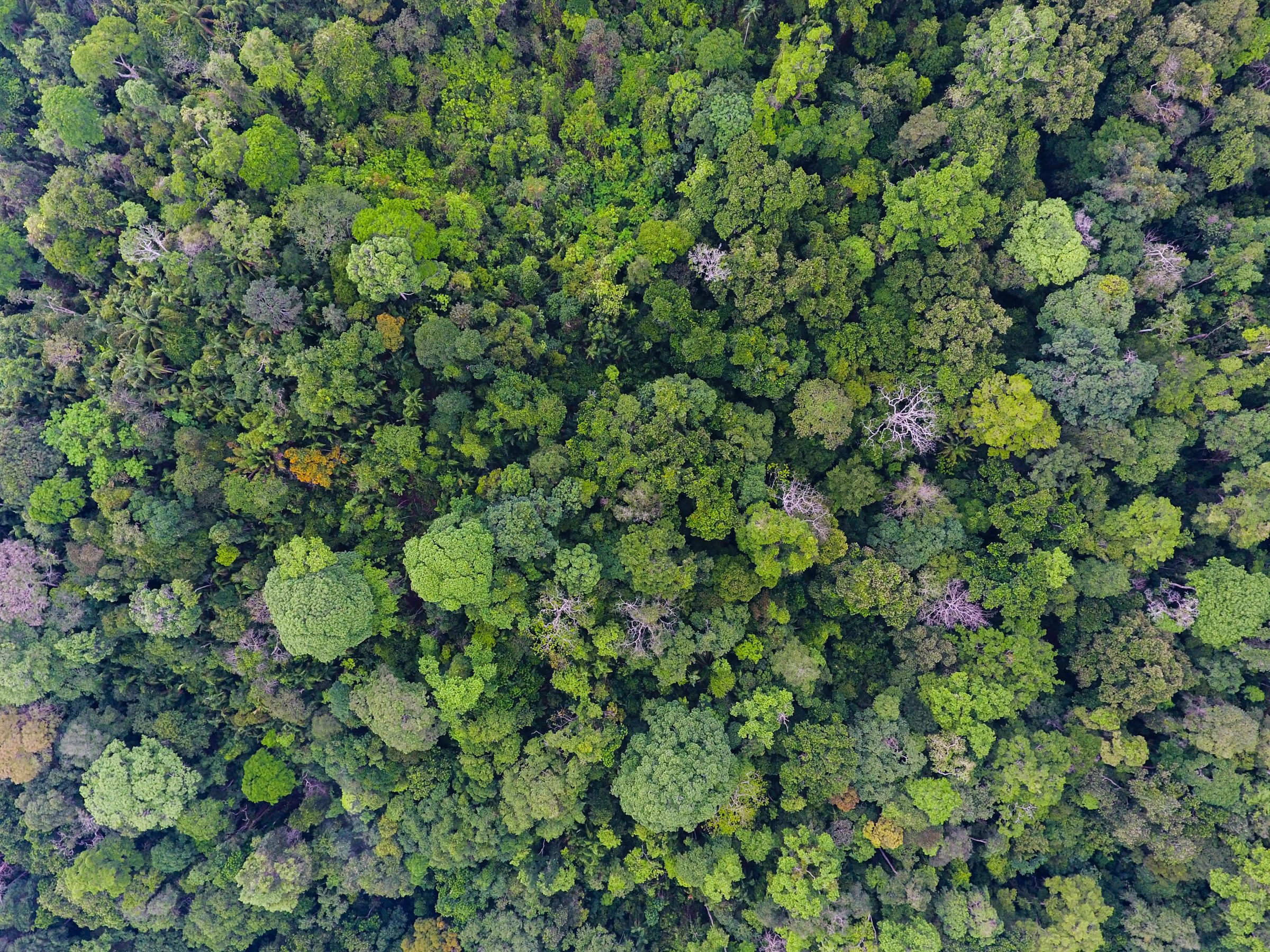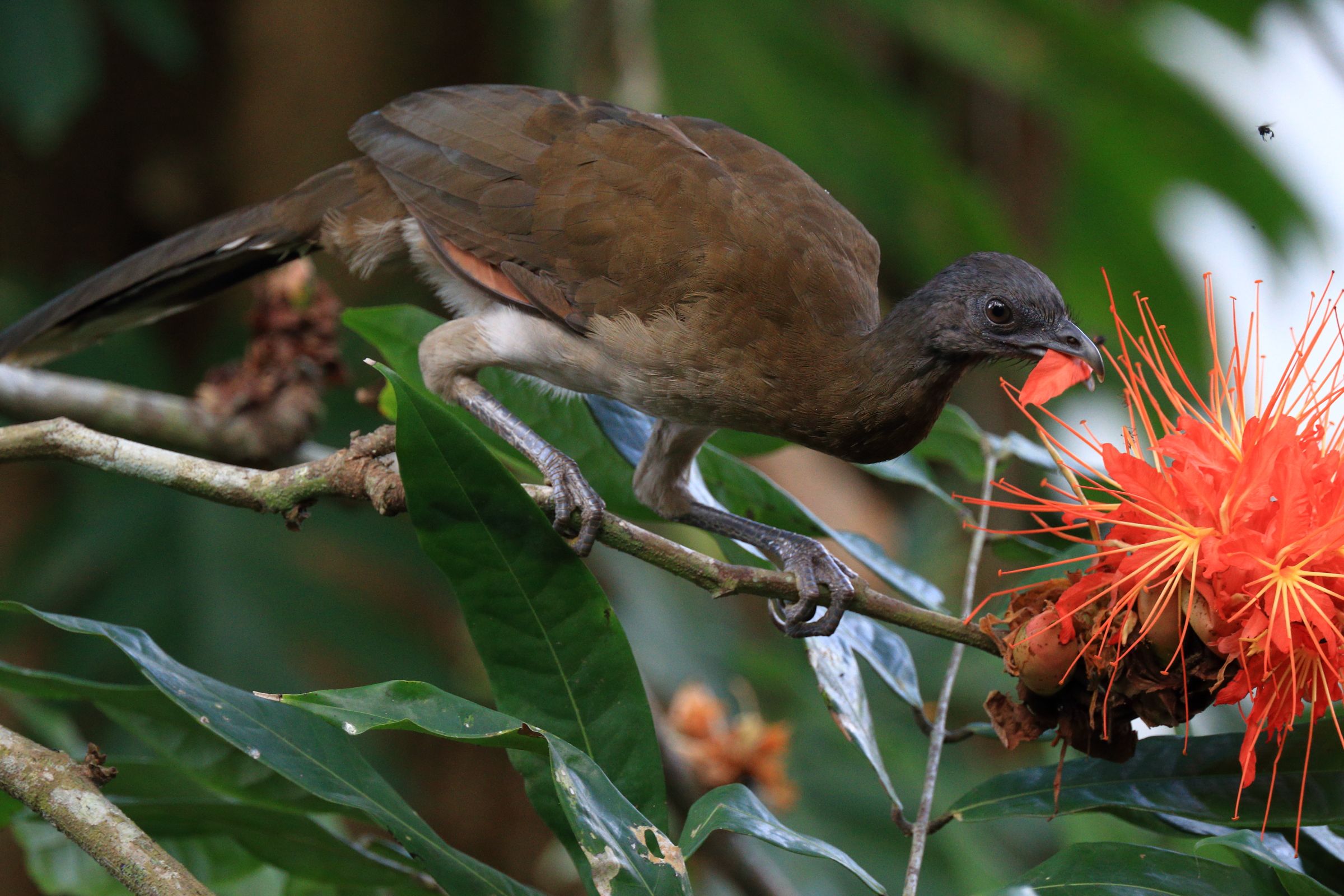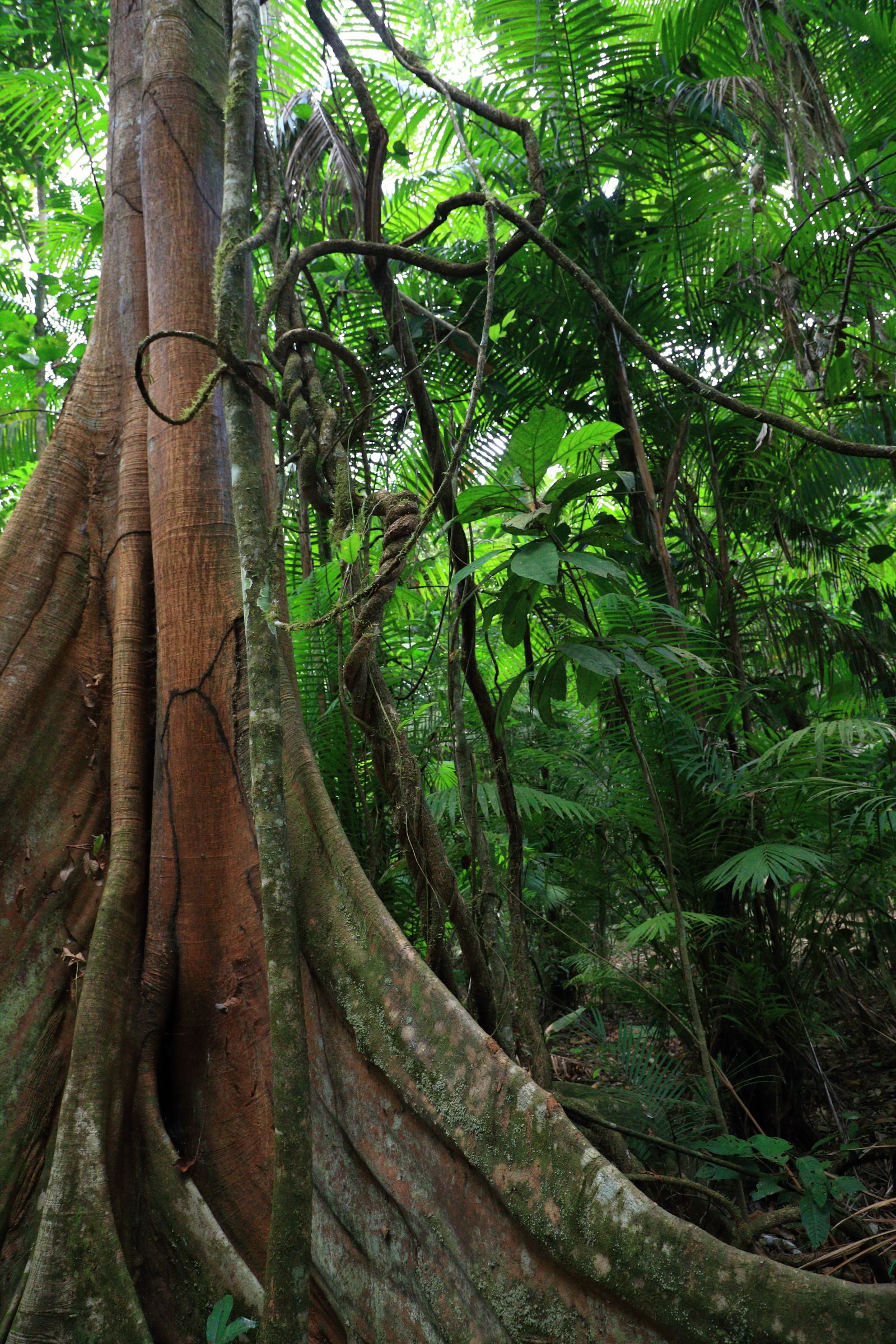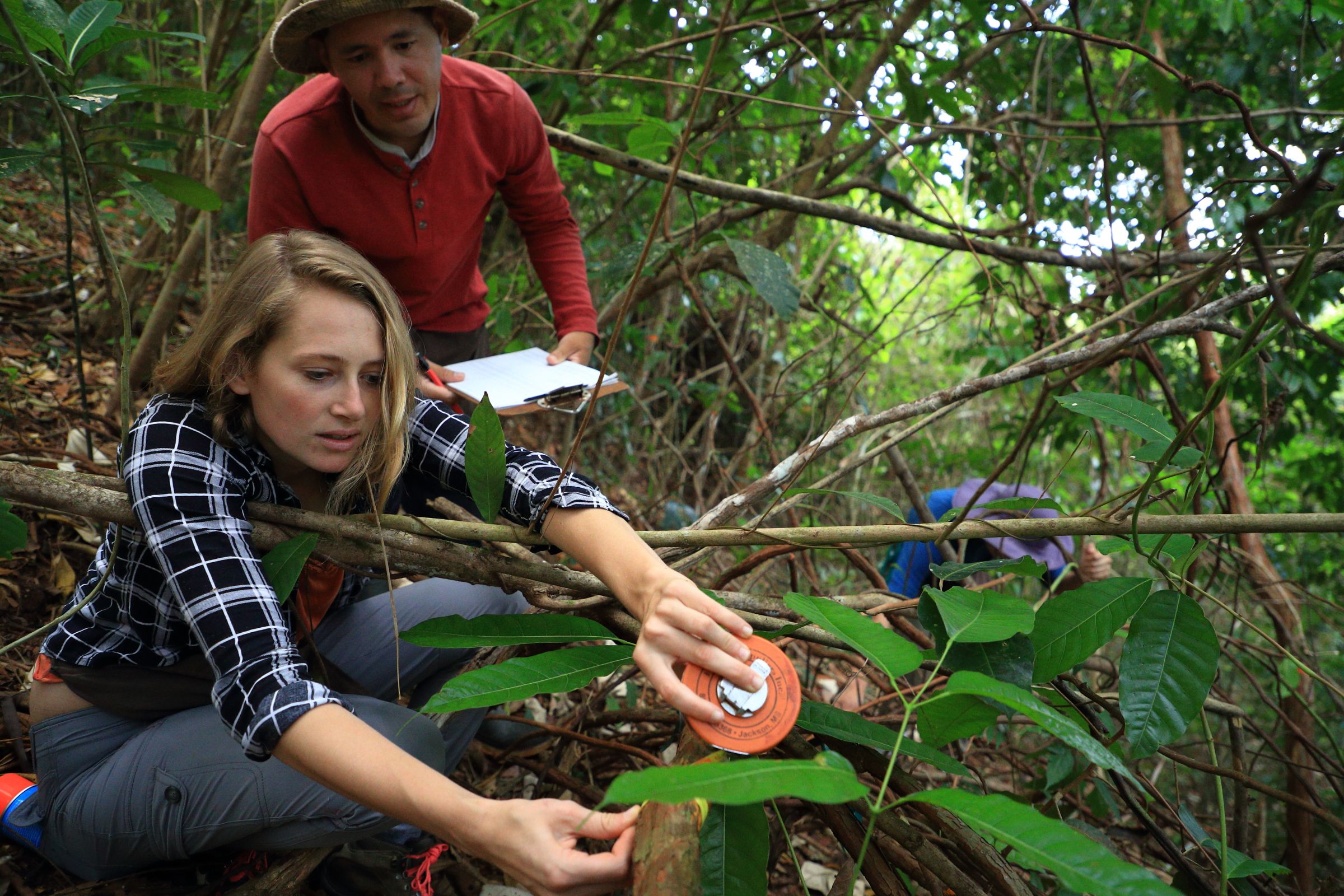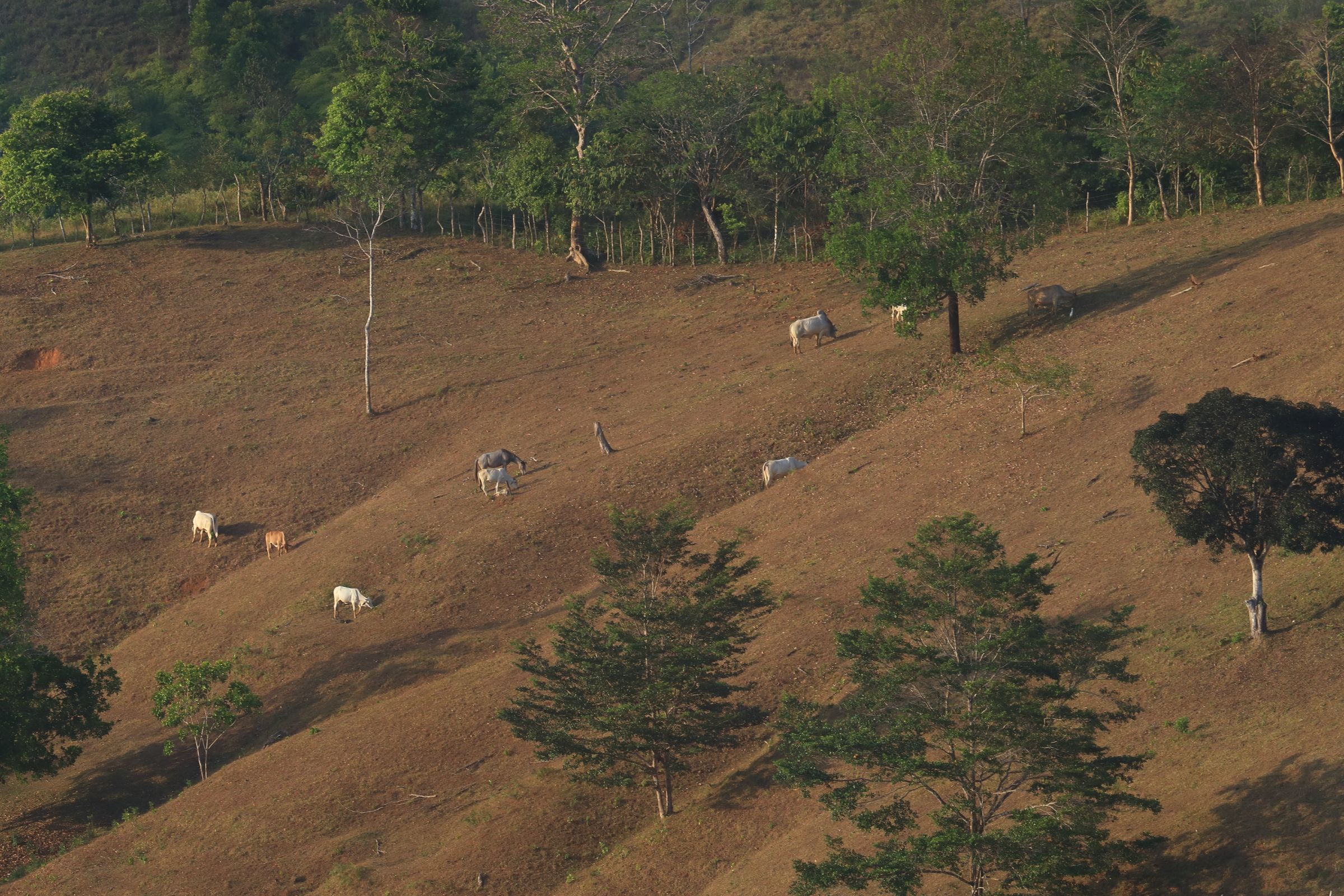Secondary Forest in Panama - a hopefully story !
Secondary forests now make up more than 50% of the world’s remaining tropical forests. These forests regrow on abandoned land across the tropics, and could help compensate for the loss of primary forest. Many people assume that when a tropical forest is cut down it can never regrow and develop the same complexity, but evidence suggests that within just 50 years the biodiversity of plant and animal species in secondary forests is on average 80% of that of primary tropical forest. And secondary forests are even more valuable for carbon uptake, these forests grow quickly binding carbon into woody tissue at 11 times the rate of primary forests. Here you can see images from a range of secondary forests in Panama, illustrating the diversity of these ecosystems and the species interactions that have re-established in regenerating forests. In a era of bleak environmental news, tropical secondary forests provide a point of hope.
